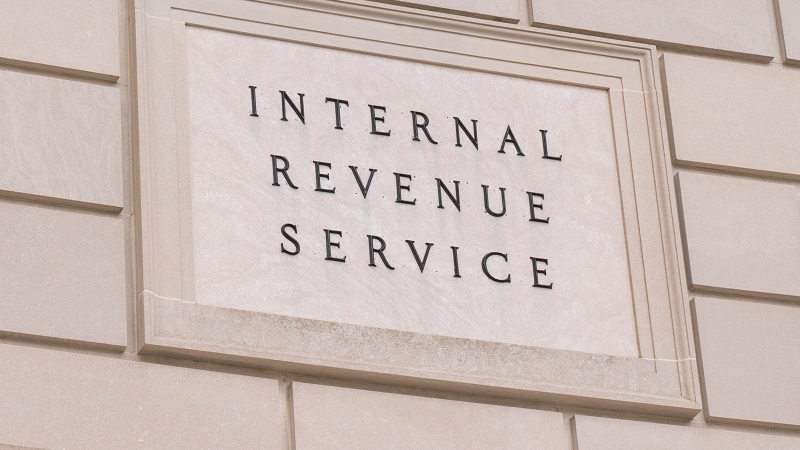On July 11, 2018, the U.S. Internal Revenue Service (IRS) issued clarifications to the Instructions for filing Schedule A (Form 8975) with respect to country-by-country (CbC) reports. The clarifications concern (1) CbC report filings by U.S. MNE groups that have fiscally transparent entities, regardless of whether they are organized under U.S. law, and (2) the two-digit country codes that taxpayers should use in Schedule A, Tax Jurisdictions and Constituent Entity Information.
Even if all fiscally transparency entities of a U.S. MNE group are created under U.S. law, the group should list them in a separate Schedule A for “stateless” entities, and enter country code “X5” on the tax jurisdiction line of Part I (Identification of Filer). When a separate Schedule is not filed in these instances, the IRS will send a letter to the U.S. MNE group asking them to file an amended return with the additional IRS Schedule A.
The IRS also reminded taxpayers that they must include the two-digit ISO country code for each entity of their MNE group in Part I of Schedule A.
Background
On December 8, 2016, the IRS published early release draft versions of the forms taxpayers should use for U.S. CbC reporting purposes (Form 8975 and Schedule A (Form 8975). On June 27, 2017, the IRS published the final version of Form 8975, Schedule A, and the corresponding instructions.
On IRS Form 8975, taxpayers should fill out Part I (Identification of Filer) and Part II (Additional Information). Schedule A (Form 8975), which must be completed for each tax jurisdiction of the MNE group, includes the following:
- Part I (Tax Jurisdiction Information)– revenues; profit/loss before income tax; income tax paid; income tax accrued in the current year; stated capital; accumulated earnings; number of employees; and tangible assets other than cash and cash equivalents.
- Part II (Constituent Entity Information)– list of entities resident in the tax jurisdiction; tax identification numbers; tax jurisdiction of organization or incorporation if different from tax jurisdiction of residence; and main business activities.
- Part III (Additional Information)– additional information related to Parts I and II.
On January 19, 2017, the IRS released Rev. Proc. 2017-23, which describes the process for filing Form 8975 and accompanying Schedule A by ultimate parent entities of U.S. multinational groups for reporting periods beginning on or after January 1, 2016, but before the applicability date of the Final CbCR Regulations (Reg. 1.6038-4) (e.g., June 30, 2016). On February 13, 2017, the IRS published Rev. Proc. 2017-23 in IRB 2017-07.
Beginning on September 1, 2017,taxpayers can file IRS Form 8975 for an early reporting period with the income tax return or other return as provided in the instructions to Form 8975 for the tax year of the ultimate parent entity of the U.S. multinational group with or within which the early reporting period ends.
To file Form 8975 for an early reporting period, an ultimate parent entity that files (or has filed) an income tax return for a tax year that includes an early reporting period without a Form 8975 attached must follow the procedures for filing an amended income tax return, and attach Form 8975 to the amended return within 12 months of the close of the tax year that includes the early reporting period. Filing an amended income tax return solely to attach Form 8975 in accordance with Rev. Proc. 2017-23 will have no effect on the statute of limitations for the income tax return.
In order to ensure timely automatic exchange of the information on IRS Form 8975 for an early reporting period, ultimate parent entities are encouraged to file their returns and Form 8975 electronically.
Click here for more information on our BEPS research and technology solutions to address your immediate and ongoing needs.







